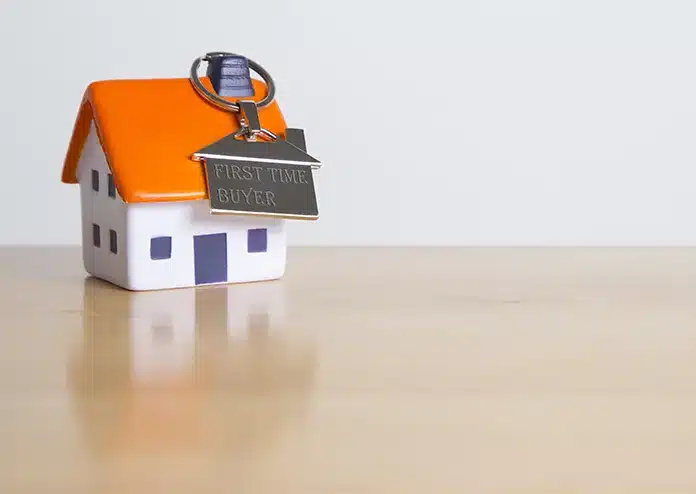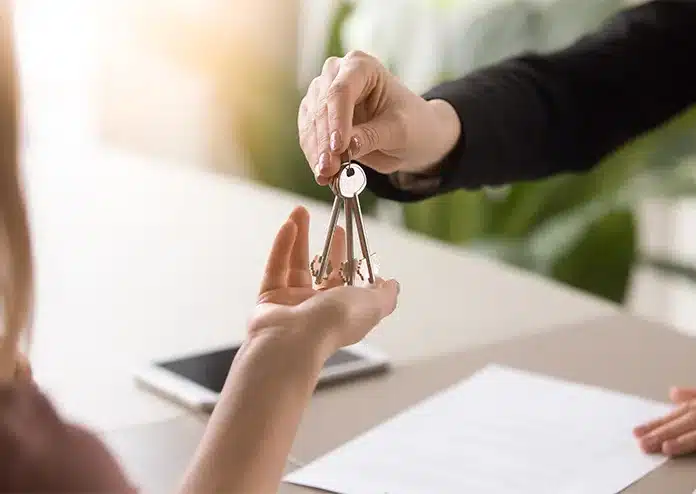Tips for buying your first house, with a ten-step guide to becoming a homeowner
This is a paid partnership
For many, the prospect of becoming a homeowner seems like a far-off dream. For others, it’s a goal they are determined to make a reality, and now is a great time for first-time buyers to take the leap and purchase their first property.
The Stamp Duty Land Tax holiday, which ends on 31 March 2020, means that buyers are exempt from paying Stamp Duty on the first £500,000 of all property purchases. Unless the Stamp Duty relief is extended, after 31 March the normal rules will apply – first time buyers still do not need to pay Stamp Duty on the first £300,000, but if the property costs more, they will pay Stamp Duty on the rest.
First-time buyers can also take advantage of the government’s Help to Buy scheme. If purchasing a new property, first-time buyers only need a 5% deposit at a minimum. The government will then loan you up to 20% of the purchase price of London homes that cost up to £500,000.
But before all of this, what steps do you have to take to get started on your journey from tenant to homeowner? Here are Apex Removal’s tips for buying your first house.
 Tips for First-Time Buyers
Tips for First-Time Buyers
Step 1: Save up for your deposit
It’s important to have your deposit money in order as soon as possible. If you’re not using the Help to Buy scheme, you’ll usually need around 15% of the purchase price as a deposit – so get saving! The bigger your deposit is, the smaller your mortgage repayments will be.
Step 2: Check your credit score
Check your credit score to make sure it is accurate and won’t negatively affect your chances of getting a mortgage. It is advised you check your score on the three main credit reference agencies (Equifax, Experian and TransUnion).
Step 3: Get your Mortgage in Principle.
An agreement in principle is sort of like a mock mortgage. It lets sellers and agents know how much the banks are willing to lend you, but it’s not a mortgage set in stone. Some sellers require a Mortgage in Principle before they show you a property to make sure you’re a serious buyer, while others only request it when an offer is being made.
You can get your Mortgage in Principle directly from a mortgage lender, or you can consult a mortgage broker to do it for you. Most mortgage brokers do not charge you, rather they get a commission from the mortgage lender at the end of the process. If you’re going at it alone, remember to compare different banks to make sure you’re getting the best deal possible.
 Step 4: Attend viewings
Step 4: Attend viewings
This is the fun part. The internet is incredibly useful for scouting out potential homes thanks to property sites such as Zoopla and Right Move that allow you to search across multiple agents.
While finding a home within your budget, remember to consider the other costs that come along with moving (possible Stamp Duty, surveys, solicitors) as well as the costs beyond the monthly mortgage repayments (insurance, council tax, bills).
Step 5: Make an offer
When you’ve found the perfect home, speak to the agent and make an offer. If it’s accepted, you’ll need evidence of your Mortgage in Principle as well as proof of ID, proof of current address, proof of your salary (three months’ worth of payslips), your most recent P60 and details of any debt or credit commitments.
Step 6. Apply for your mortgage
You’ll need lots of documents to prove your income and ability to pay the mortgage. These include bank statements, tax returns if you are self-employed, P60 form from your employer, utility bills, proof of your general cost of living and more.
If you’re using a mortgage broker, they will find the best lender for you. However, if you’re doing it yourself make sure you compare lots of different lenders and speak to as many people as you can, or use comparison sites like Money Supermarket to find the best option for you.
 Step 7: Surveys and conveyancing
Step 7: Surveys and conveyancing
Now it’s time to transfer the property from one owner to another (conveyancing) which is usually done by a solicitor. They will sort out contracts and Stamp Duty, dealing with the Land Registry, transferring money and other technicalities.
You also need to hire an independent surveyor to check the building is structurally sound and look for any damage that could cause problems later on.
Step 8: Exchange contracts
When you sign and exchange contracts, you are finally agreeing to buy the property and the current owner is agreeing to sell it. You pay your deposit and the house is legally yours!
Step 9: Get Insurance
At this stage, you sort out buildings insurance and home insurance. You can usually get these from your lender although, as always, you should shop around to get the best deal. Buildings insurance protects things like the roof, walls, windows and permanent fixtures, while home insurance protects your property’s structure and the items within it.
Step 10: Move in
Enlist the help of a trusty removal company to bring your furniture and other belongings safely to the property. Then it’s time to decorate and put your stamp on your new home!
Like this? Check out the best family-friendly neighbourhoods in London

 Tips for First-Time Buyers
Tips for First-Time Buyers Step 4: Attend viewings
Step 4: Attend viewings Step 7: Surveys and conveyancing
Step 7: Surveys and conveyancing





